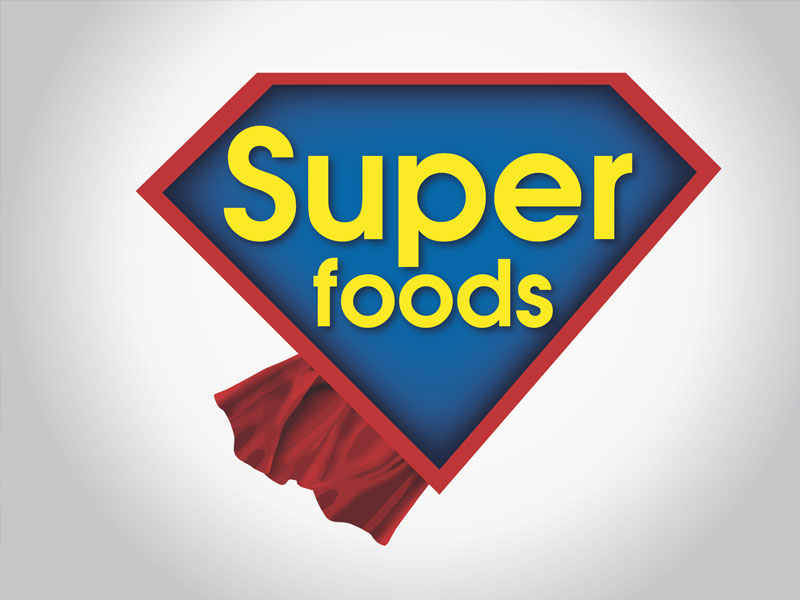Food is integral to one’s health and well being. Certain foods have been characterised as superfoods, as they have immense nutritional benefits. Interestingly, many of them naturally mimic the shape of certain body parts that they are beneficial for, reinstating the natural affiliation between humans and nature.
Carrots (Eyes)
If you slice a carrot, the layers inside are very similar to the iris of the eye. Not only does a carrot appear like the human eye, but it also contains beta carotene which is synthesized by the body as vitamin A which promotes eyesight.
Tomato (Heart)
Red in colour, a cross section of a tomato reveals many chambers which resemble a human heart. Tomato is a rich source of lycopene and potassium. Lycopene is an antioxidant that is known to reduce heart disease, whereas potassium is effective in lowering high blood pressure. In addition, vitamin B6 found in tomatoes protects blood vessels walls from damage.
Grapes (Alveoli of the lungs)
The lungs are made of branches of airways that culminate in tiny branches of tissue known as alveoli. These alveoli are responsible for allowing passage of oxygen into the blood stream. If you look at a cluster of grapes, you will find that they resemble these tiny sacs of alveoli. A diet inclusive of fresh grapes is known to reduce the risk of lung cancer as well as reduce the severity of asthma.
Kidney Beans (Kidneys)
Red kidney beans derive their name from their shape and colour which mirrors human kidney. Kidneys are responsible for elimination of excess waste and water from the body, filtering toxins from the blood stream, regulating water content and levels of essential minerals. Kidney beans provide many nutritional benefits which improve kidney health. They are an excellent source of soluble fiber, are low in sodium, sugar and cholesterol. This maintains stable blood sugar levels, thereby enhancing cardiovascular health and low blood pressure. And in turn, does not put pressure on the kidneys to flush out excessive toxins.
Mushroom (Ear)
A cross section of a mushroom will reveal its similarity to the shape of a human ear. Mushrooms are a good source of vitamin D. A diet deficient of vitamin D will lead to low calcium absorption, which can cause inner ear dysfunction including hearing loss, ringing of the ears and vertigo.
Walnuts (Brain)
Walnuts are distinctly shaped like the left and right hemisphere of the human brain. High in omega 3 fatty acids, they are particularly beneficial for the brain as they promote brain health in newborns, improve cognitive functions in adults as well as reduce age related memory decline.
Celery (Bones)
A stalk of celery is reminiscent of the shape of a human skeletal forearm and hand. Celery contains the essential mineral calcium that is vital for bone health and growth, as well as vitamin K which is known to reduce bone loss.
Avocado (Uterus)
Also nicknamed as the ‘fertility fruit ‘, avocado is a rich source of vitamin E that is essential in regulating hormone levels and also prevents against cervical cancer. Rich in folate, avocado also promotes a healthy pregnancy reducing the chances of miscarriage.
Ginger (Stomach)
A close look at a ginger root would remind you of the shape of the human stomach. No wonder then, that ginger finds use in soothing stomach disorders. It contains gingerols and shogaols that have been known to soothe the intestinal tract, comfort an upset stomach, provide relief from stomach pain, nausea, vomiting and stomach flu as well as ease motion sickness.
Altering one’s nutritional intake can only be looked at as a supportive measure to improve one’s health, whereas the regular practice of Sanatan Kriya being the key to achieving a state of balance, good health and longevity.





